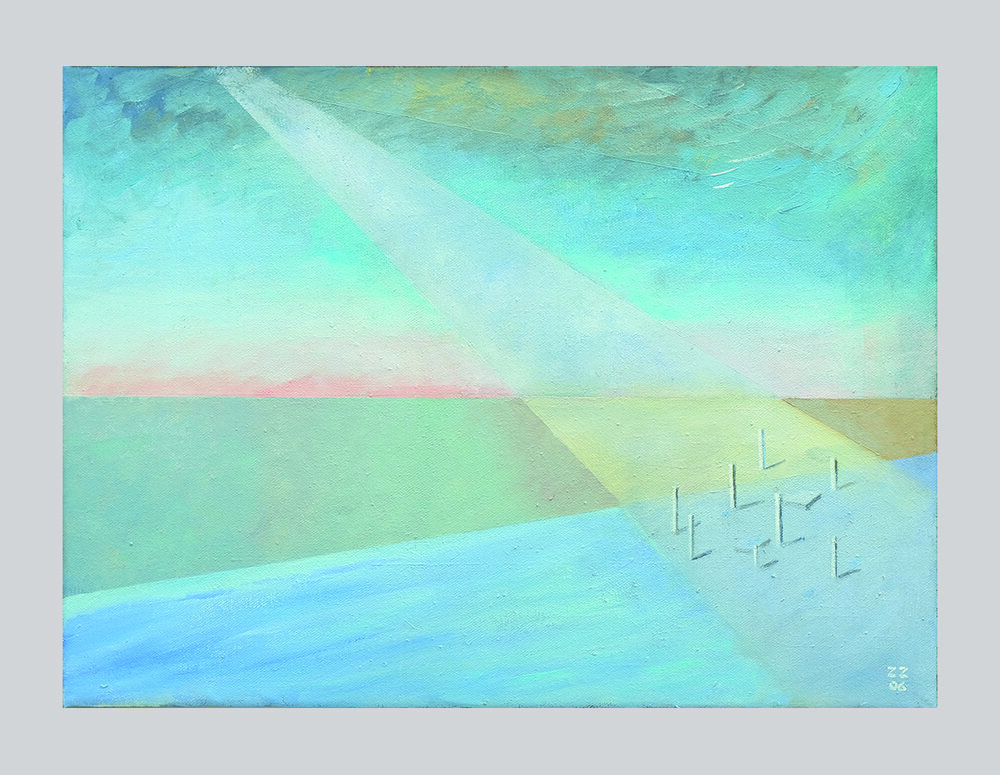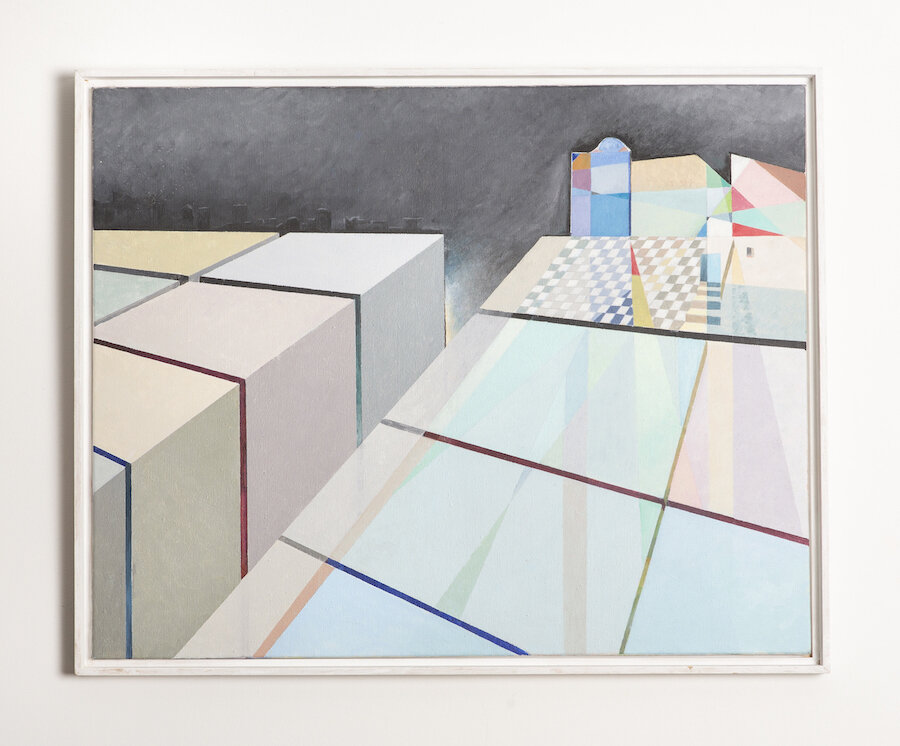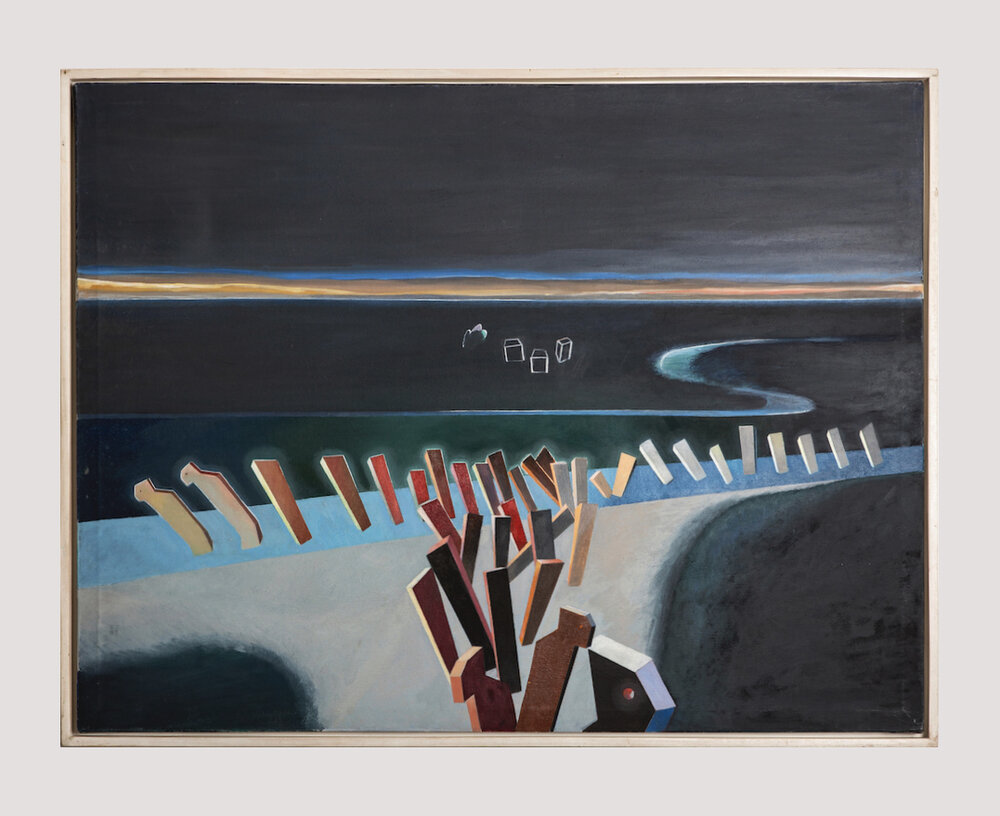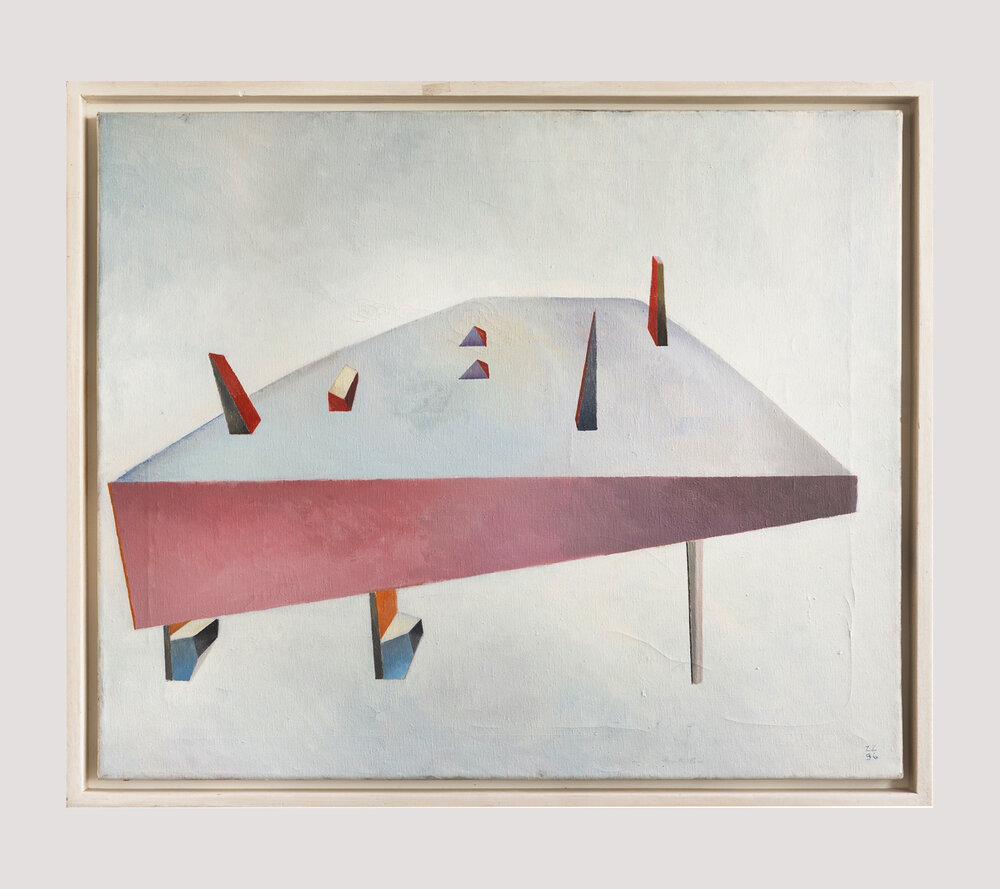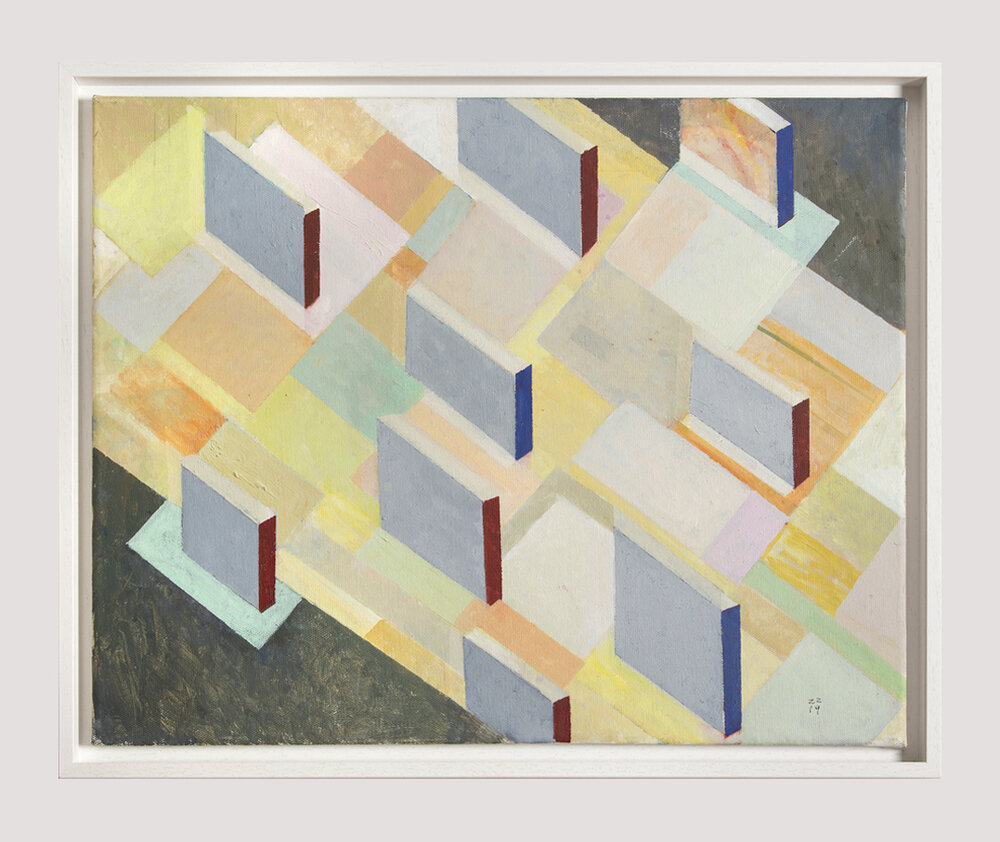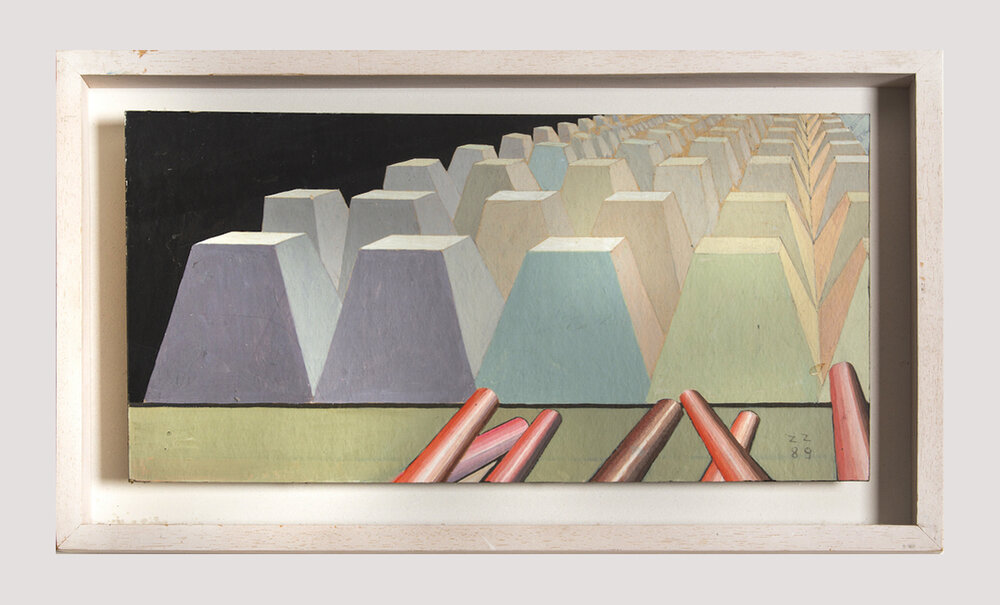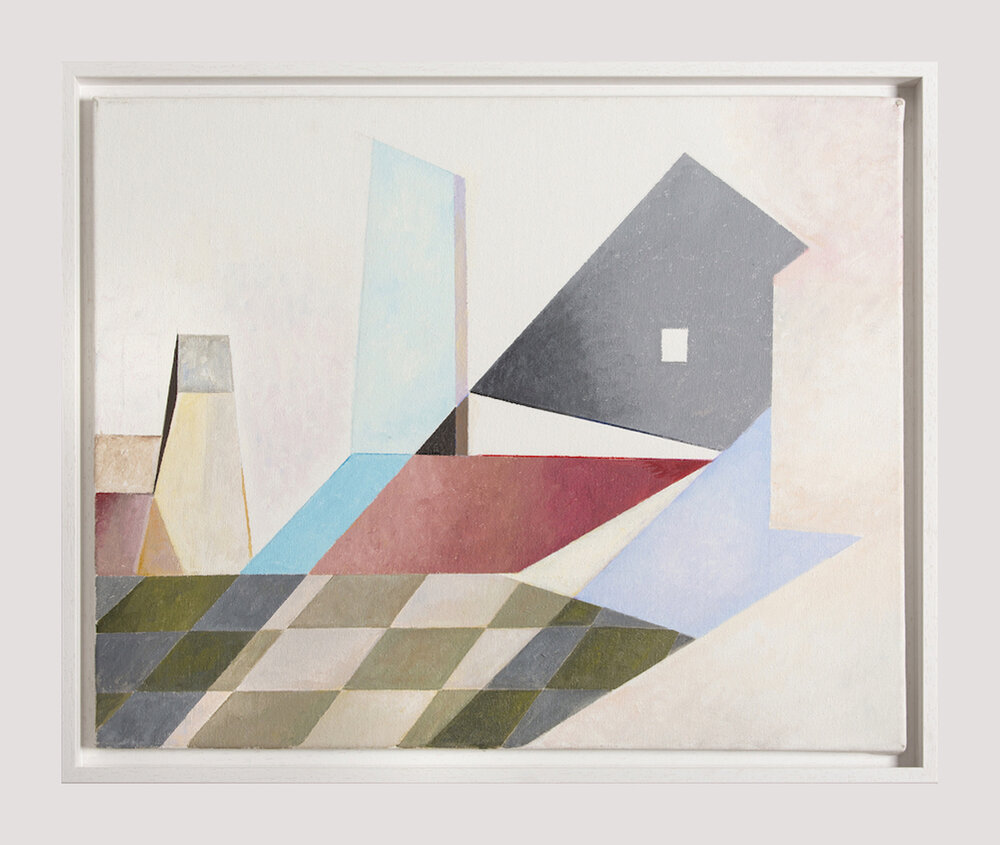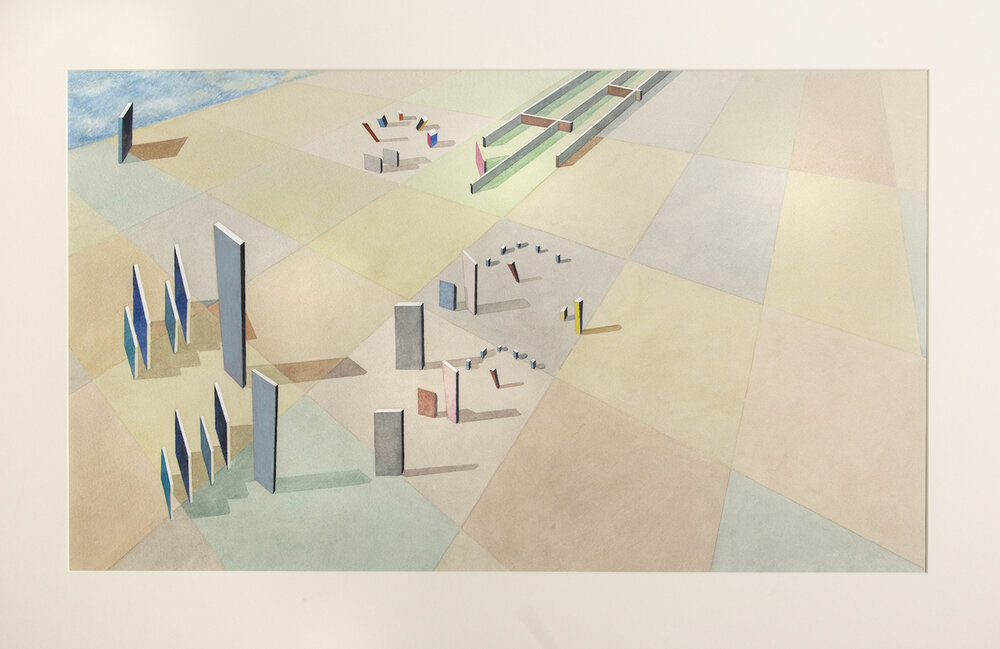ART CITIES:London-Zoe Zenghelis
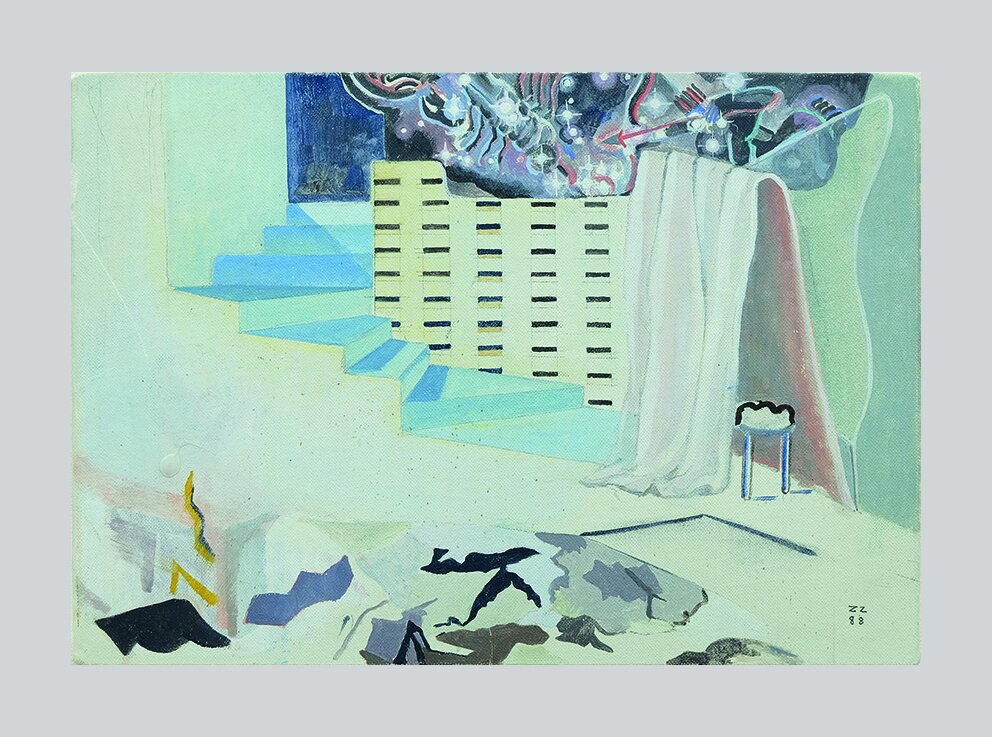 Zoe Zenghelis was born in Athens, Greece. She studied painting and drawing with Orestis Kanelis. In the 1960s she left Greece to study stage design and painting at The Regent Street Polytechnic, London. It was a period when many art and architecture students had tutors strongly influenced by the Modernist Movement. Ultimately she and her fellow graduates went on to fly the flag of Modernism themselves, now absorbed seamlessly into the contemporary art and design of the day.
Zoe Zenghelis was born in Athens, Greece. She studied painting and drawing with Orestis Kanelis. In the 1960s she left Greece to study stage design and painting at The Regent Street Polytechnic, London. It was a period when many art and architecture students had tutors strongly influenced by the Modernist Movement. Ultimately she and her fellow graduates went on to fly the flag of Modernism themselves, now absorbed seamlessly into the contemporary art and design of the day.
By Efi Michalarou
Photo: Betts Project Archive
“Do you remember how perfect everything was?” is the first retrospective exhibition of the works of Zoe Zenghelis, with early paintings from the 1960s, her years at OMA (Office for Metropolitan Architecture) including works of the Hotel Sphinx project, Roosevelt Island, Antiparos and Parc Citroën through to recent works made in 2020. Stretched between abstract metropolitan tectonics and landscape structures, the selection. The exhibition is hosted at Betts Project and is the first of a two-part exhibition with the AA School of Architecture, which will host the second part in January 2021.Zoe Zenghelis is an Athenian artist who has been living and working in London since her student years. After studying painting in Athens she continued her study in stage design and painting at the Regent Street Polytechnic under Frank Auerbach, Lawrence Gowing, and Leon Kossoff. There Zenghelis had a variety of creative means at her disposal. Zenghelis employed what she called a “sun-drenched palette” to enrich aerial perspectives by her colleagues at the Office for Metropolitan Architecture (OMA), which she founded in 1975 with Rem Koolhaas, Madelon Vriesendorp, and her husband Elia Zenghelis. Her eloquent use of color gave life and legibility to the group’s conceptually rigorous work. In “Hotel Sphinx (The Head) Project, New York, New York” (1975), the various functions to be housed in the edifice 9the theater, the auditorium, the ballroom and the garden, to name a few) are distinguished from one another and thus made decipherable through color. The same approach to color informed “Lützowstraße Housing, Berlin, Germany” (1980), a proposal for social housing that allows the scheme to be read as distinct groups of interrelated and interconnected structures. Zenghelis’s work was essential in establishing revelatory new aesthetics for representing architecture that persist today. Zenghelis, alongside Vriesendorp, ran the Color Workshop at London’s Architectural Association School of Architecture (A.A.). “We tried to show our students how to use watercolors, acrylic and oil and then how to paint shadows, reflections, glass, mirrors, metal, marble, wood, etc., and through this to convey mood, reduce or enlarge scale and intensify sensation” she would later remember. The two were particularly interested in the way layering acrylic paint could produce the same effect as oil, with brighter and bolder colors. Eventually, they moved to the school’s Communications Department, where they encouraged students to reflect on architecture’s intersections with photography and printmaking, Zenghelis insisted, viewing architecture as a storytelling device, a communication tool with which to convey information. In 1985, Paintings by Zoe Zenghelis opened in the Architectural Association’s Exhibition Gallery and represented both the theoretical architecture that she conceptualized with her colleagues at OMA and the painterly aesthetic that she pursued independently. The fantastic landscapes and abstractions that she painted contained shapes suggesting buildings.
Photo: Zoe Zenghelis, Up to the stars, 1988, Oil on canvas, 18 x 25.5 cm, © Zoe Zenghelis, Courtesy the artists and Betts Project
Info: Curator: Hamed Khosravi, Betts Project, 100 Central Street, London, Duration: 3/12/2020-30/1/2021, Days & Hours: Wed-Fri 12:00-18:00, Sat 12:00-17:00, www.bettsproject.com
